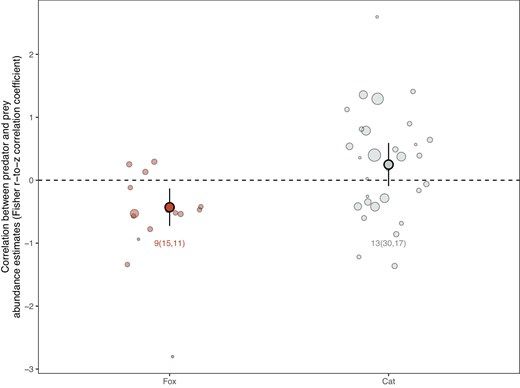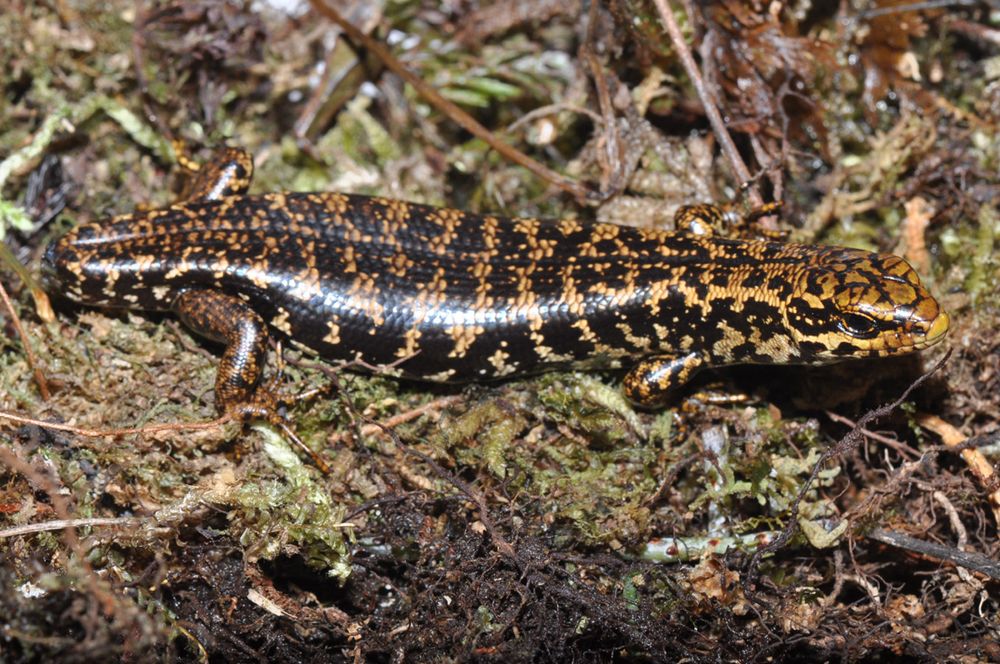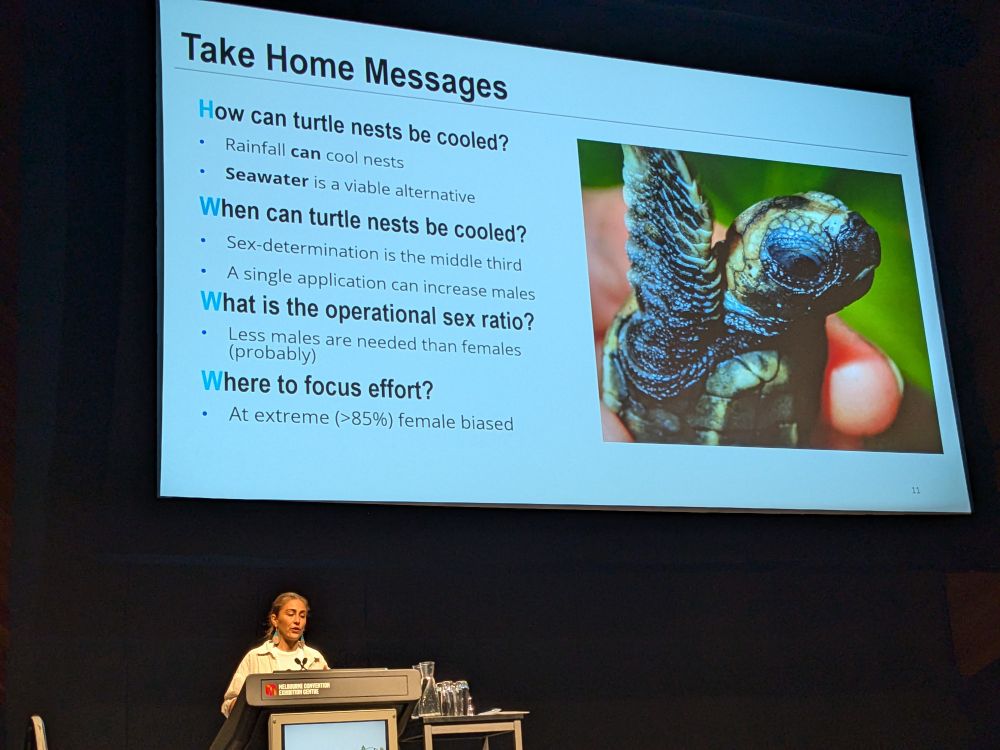
Obsessed with herps, birds, and PNG
Doing ecological modelling for a living and still shocked by that

Naturally, they downplay this and focus on the result for cats.

Naturally, they downplay this and focus on the result for cats.








🦎🧪
We (myself, Glenn Shea, Stephen Richards and Paul Oliver) just published a description of a fantastic new species of Prasinohaema from New Guinea. A short thread:

🦎🧪
We (myself, Glenn Shea, Stephen Richards and Paul Oliver) just published a description of a fantastic new species of Prasinohaema from New Guinea. A short thread:




On average, mammals are male-biased, amphibians are strongly female-biased, and birds monomorphic. Most squamates are dimorphic, but similar proportions male- and female-biased.

On average, mammals are male-biased, amphibians are strongly female-biased, and birds monomorphic. Most squamates are dimorphic, but similar proportions male- and female-biased.



#ESAus2024

#ESAus2024
#ESAus2024

#ESAus2024
#ESAus2024

#ESAus2024
#ESAus2024

#ESAus2024



